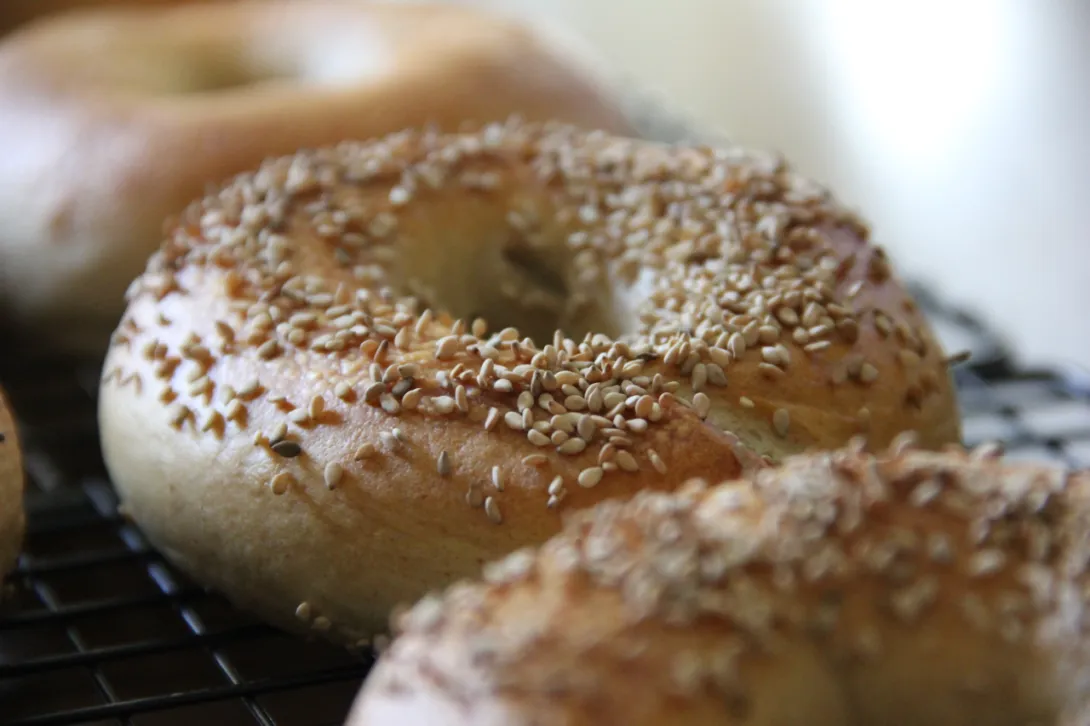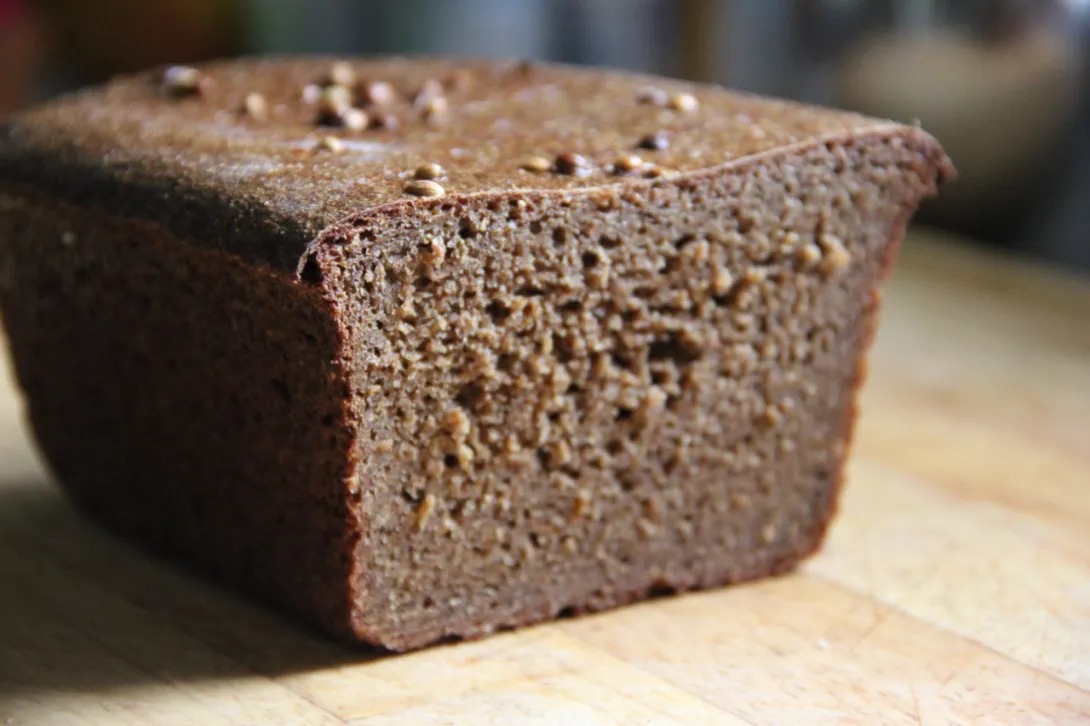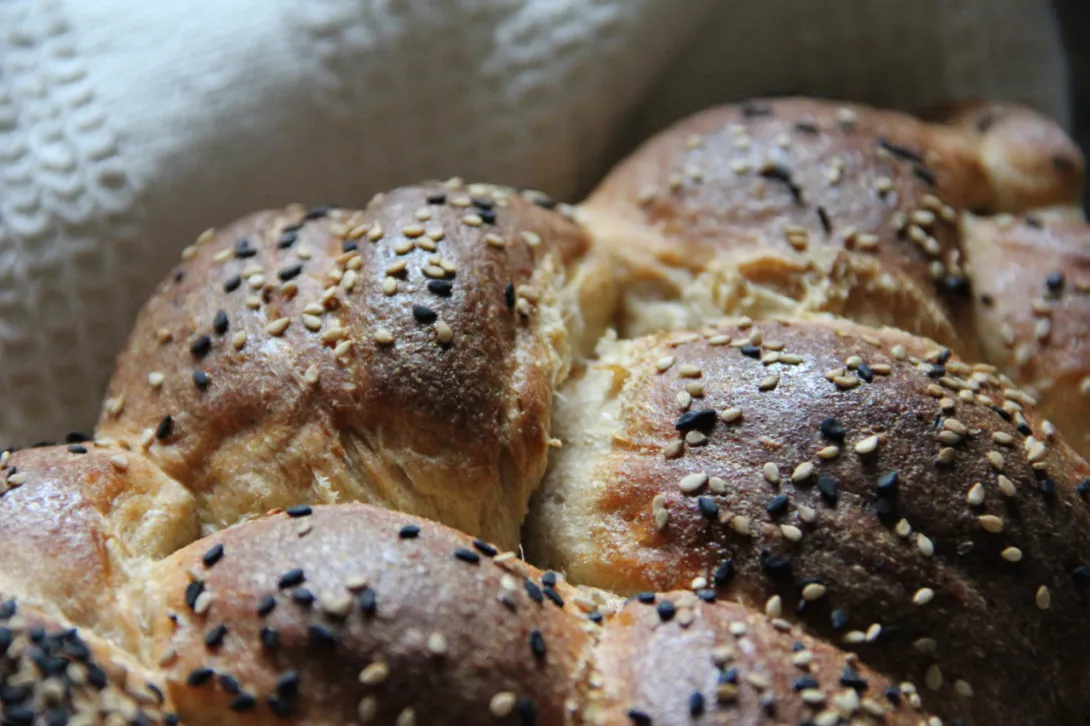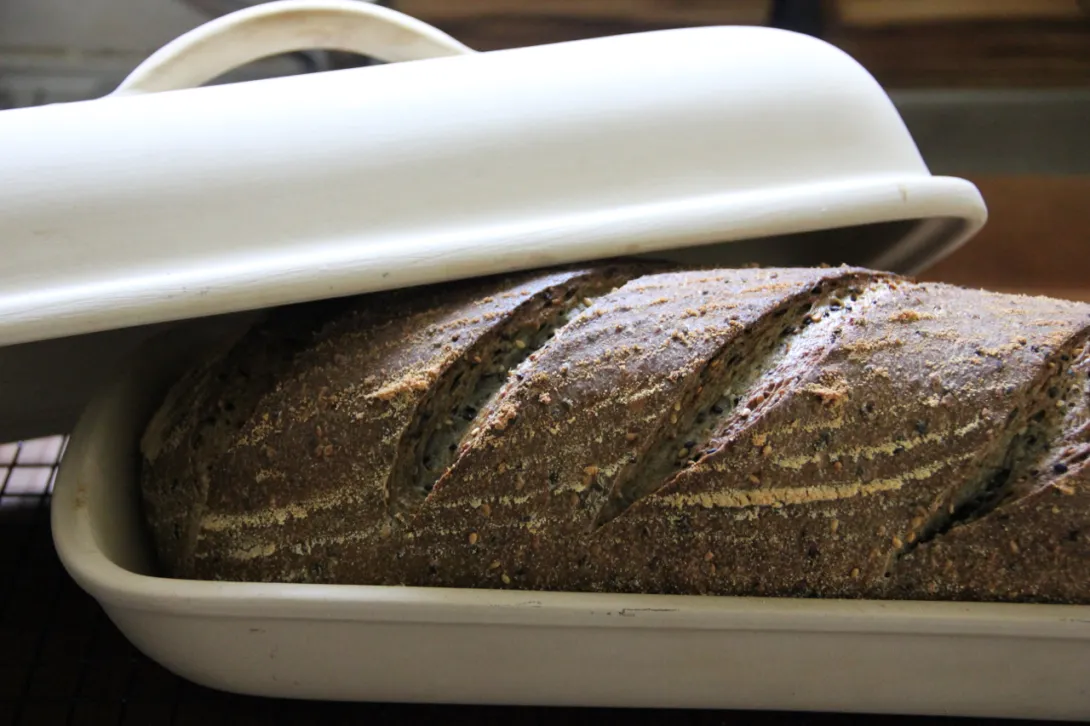Chasing Bagel Perfection: Reinhart's NY Style Bagels With Wild Sourdough

Bagels are one of my most favorite things to eat. They are so versatile, so forgiving; they go with anything — from smoked white fish to jam — and never complain. You can eat them by themselves just fine or slather with butter or cream cheese, and you’ve got yourself a meal.



